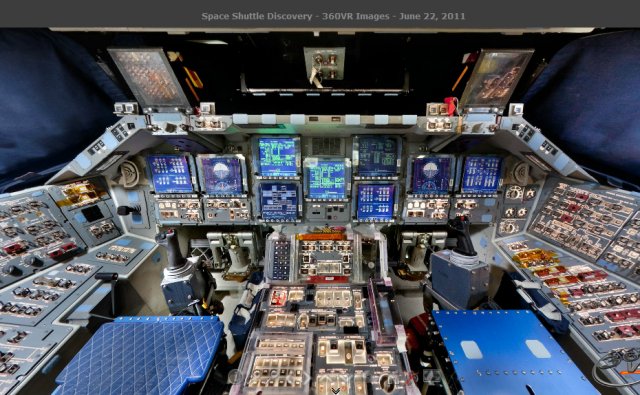At The Register, Brid-Aine Parnell gets all conspiracy theorized:
Just to add some icing to the SpaceX Dragon launch cake, the cargoship may be carrying a secret payload that nobody knows about.
The first ever commercial spacecraft to dock with the International Space Station, due to go up tomorrow, will already be carrying nonessential food, student science projects, clothes and other supplies for the ISS crew, but Elon Musk’s firm has also hinted there could be something else aboard.
On the last test flight of the Dragon, the craft carried a Top Secret cargo SpaceX refused to reveal to anyone until after mission, which turned out to be a lovely big wheel of cheese in an homage to the classic Monty Python sketch in the cheese shop.
On a slightly more serious level, Jonathan Amos has this report at the BBC News site:
Although billed as a demonstration, the mission has major significance because it marks a big change in the way the US wants to conduct its space operations.
Both SpaceX and another private firm, Orbital Sciences Corp, have been given billion-dollar contracts to keep the space station stocked with food and equipment. Orbital hopes to make its first visit to the manned outpost with its Antares/Cygnus system in the coming year.
Lift-off for the Falcon is timed for 04:55 EDT (08:55 GMT; 09:55 BST). It is going up from Cape Canaveral Air Force Station.
The ascent phase should last a little under 10 minutes, with the Dragon capsule being ejected just over 300km (185 miles) above the Earth.
The conical spaceship will then deploy its solar panels and check out its guidance and navigation systems before firing its thrusters to chase down the station.
A practice rendezvous is planned for Monday when Dragon will move to within 2.5km (1.5 miles) of the station.
If Nasa and SpaceX are satisfied that the vehicle is performing well, it will be commanded to fly up and over the outpost in preparation for close-in manoeuvres on Tuesday.

 The agency had not responded to a request for comment at the time of publication, and has not yet announced the appointment publicly.
The agency had not responded to a request for comment at the time of publication, and has not yet announced the appointment publicly.


